
Ocean Hyland is an artist, activist and member of the Tsleil-Waututh Nation. She has collaborated with Skwálwen Botanicals on two projects, creating the imagery for our T-shirts and Totes, incorporating culturally important plants into the design. She lives in North Vancouver at the Tsleil Waututh reserve.
Can you tell us about what kind of art you create? How does your culture inform your art?
As an apprentice/ student of coast salish (Tsleil waututh, Squamish, Cheam) Art and Culture, I have been doing my best to study many of the methods of our people, creating through mediums such as painting, carving, engraving, poetry, weaving and gathering/harvesting plants and materials.

The more I learn the methodologies, the deeper I start to understand design and structure that is necessary in creating practical pieces. As a young indigenous artist, surrounded by exciting new tools such as digital media programs, I have expanded my study into this new way of creating and storytelling as well.


Can you talk about the process of collaborating with Skwálwen?
Collaborating with Skwálwen has been such a valuable experience, and the knowledge shared with me from Leigh about the uses and important relationships we hold as indigenous people has fostered my love for ethnobotany. As mentioned before I am an apprentice, gathering knowledge from my communities and learning invaluable lessons.
You’ve taken immersion studies in the Squamish language at Simon Fraser University. In your view, why is it essential to keep Indigenous languages alive?
I think in the process of revitalizing many of our practices, language is an invaluable tool to bring back many teachings and ways of looking at our culture and community relations.

In 2018 you wrote an op-ed for Teen Vogue about participating in a protest called Protect the Inlet, against the Trans Mountain pipeline. You wrote, “Together, we did something we hadn’t done in a very long time: build a watch house to guard against danger. Today, this danger is Kinder Morgan, a Texas-based oil company that wants to build an oil pipeline through Indigenous lands.”
What was it like to share this experience with such a wide audience?
Sharing with Teen Vogue was a big thing for me. To have an audience that large was somewhat intimidating. I really wanted my words to be read in a good way, that the values of my family and community were held in a good way, and that my messages were clear and effective. I was happy to have an opportunity to share my experience to highlight the important work being done by the thousands of land/water protectors that marched together on March 10th, 2018.

As a woman, an artist and an activist, what is your approach to self care?
Self care for me is spending time in the forest close to the river. This uplifts my spirit, especially when I have time to meditate and visit my traditional territories. My mother shared with myself and my sisters the importance of having a respectful relationship with all our relatives, which includes the four legged creatures, plants and trees.

Deepening my connection to plant use knowledge is something that has been such an integral piece to my education and healing. Harvesting and spending time learning the uses of plants grounds me in the present to be in touch with the seasons. Paying attention to the land to watch how it changes throughout the year teaches me to listen to my body and take care of myself the way it needs.

Other acts and moments I consider self care would be taking time for drawing, carving and weaving. Most of these rituals are done by myself, to have time to meditate and sit with myself to clear my mind and calm my spirit. I also find my self care looks like spending time with family, playing with my nieces and nephews or listening to my elders tell stories.
Huy chexw a / thank you Ocean!
View more of Ocean's artwork on her website, Salish Shkwen and on Instagram @dropletfromthesalishsea.
Read more

For the third interview of our Sḵwálwen Spirit series, we spoke with Keisha Charnley. Keisha is from the Katzie First Nation of the Lower Fraser Valley, B.C. and Blackburn, Lancashire, England....

My favourite way to spend the day is in front of my Salish loom, wool weaving. I love the process of making something and seeing how beautiful it turns out.
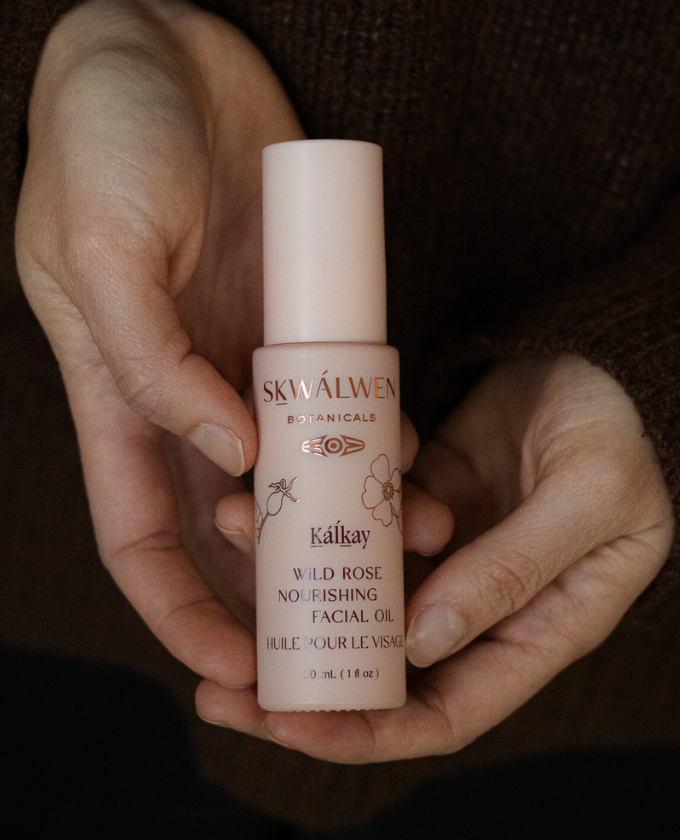
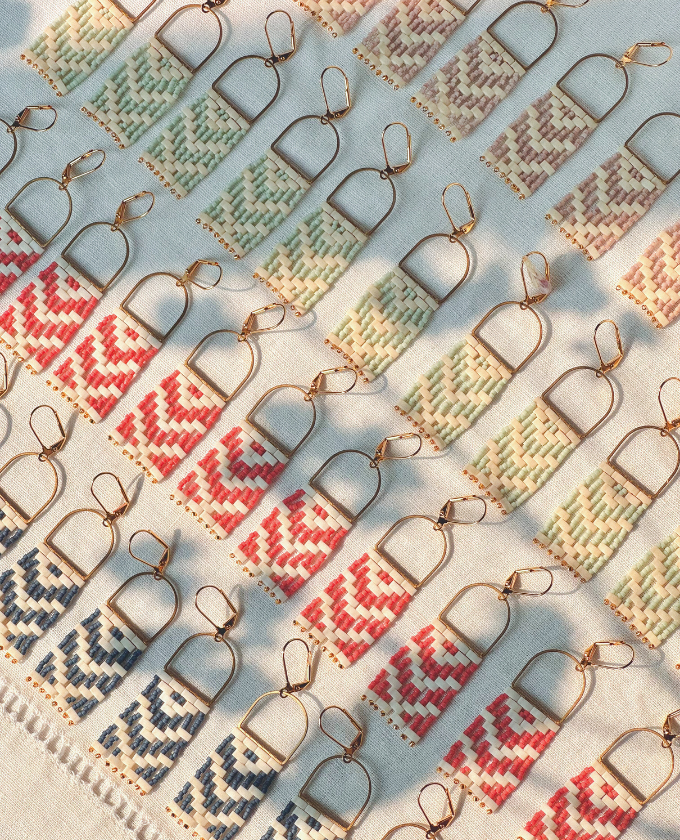
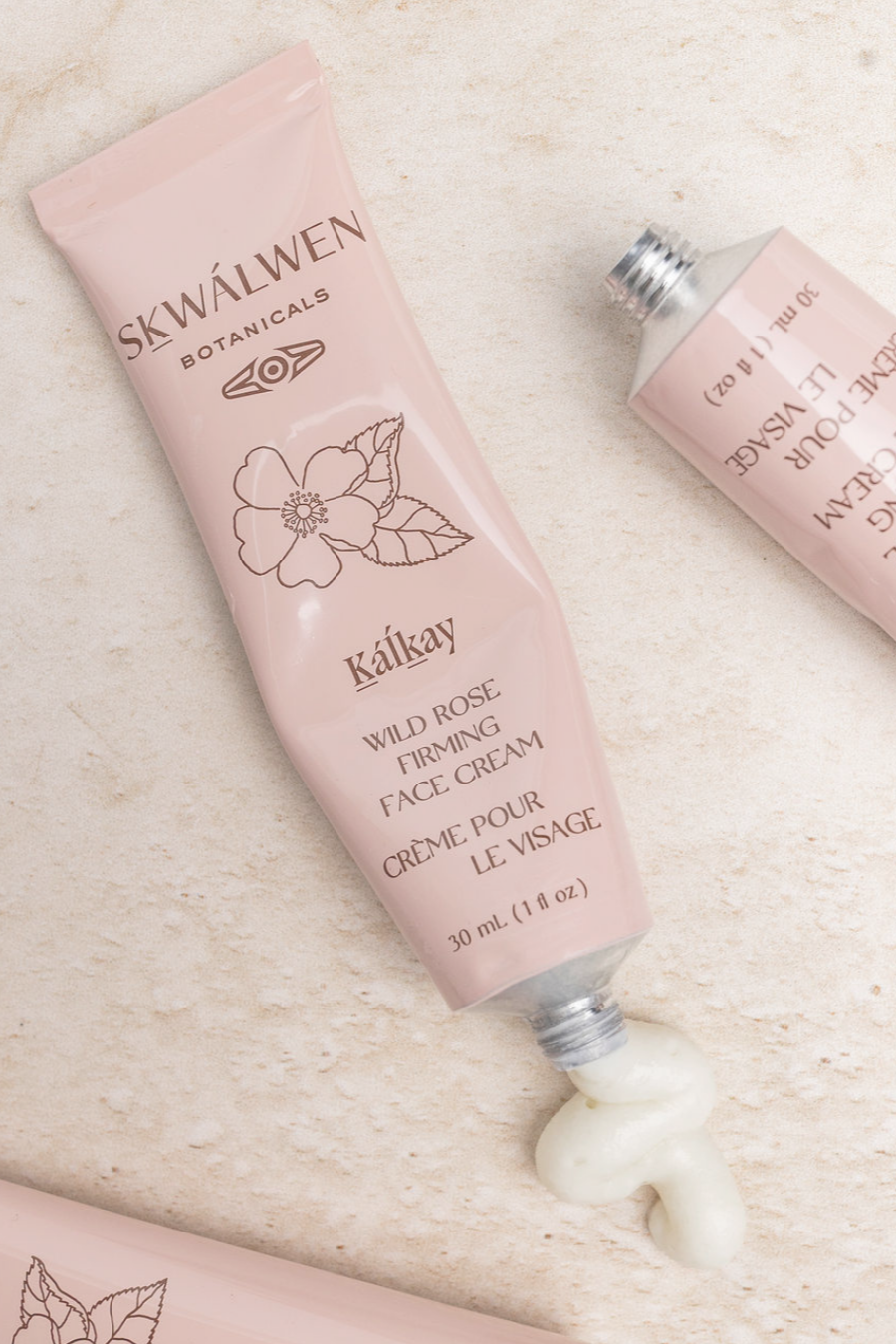
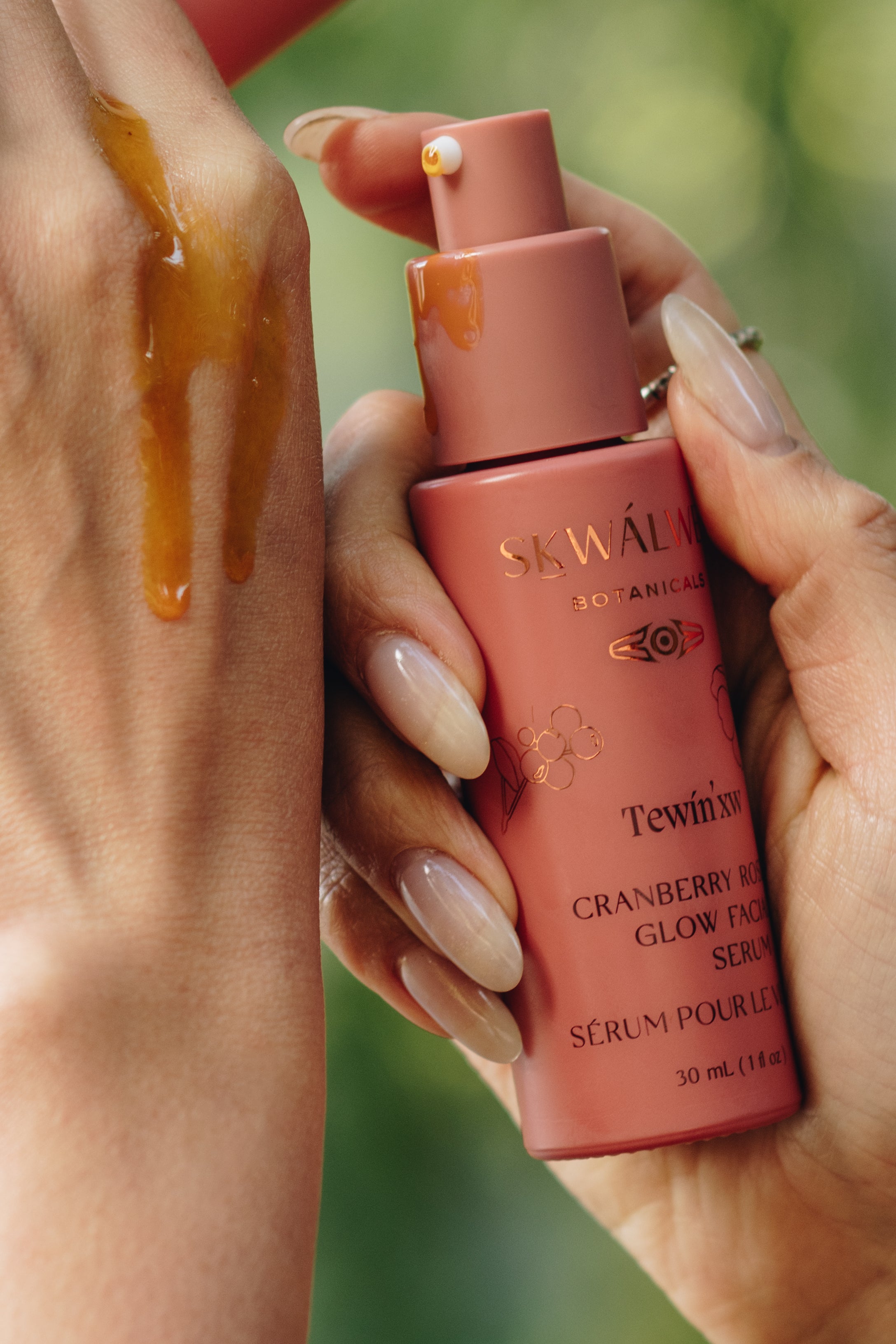
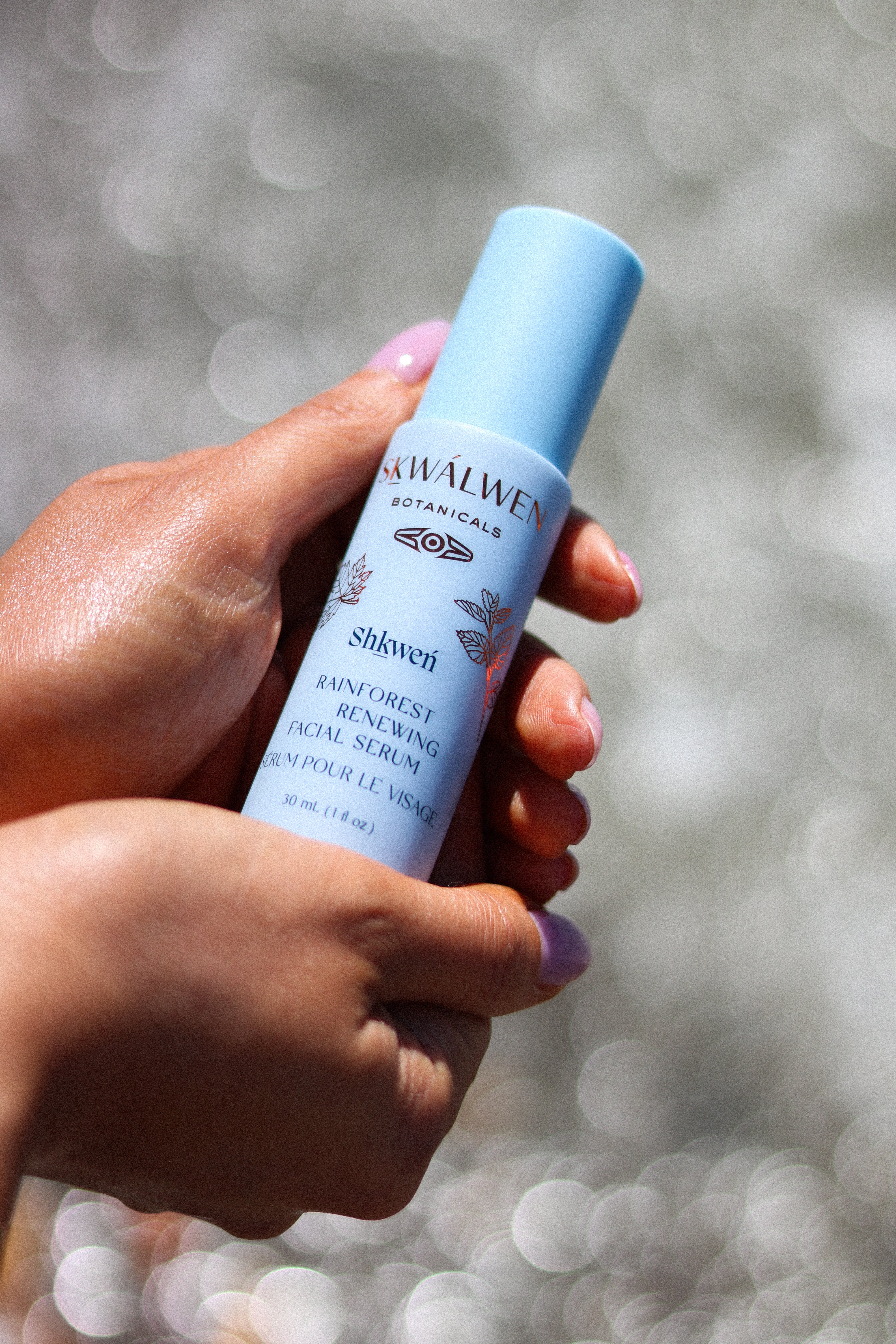
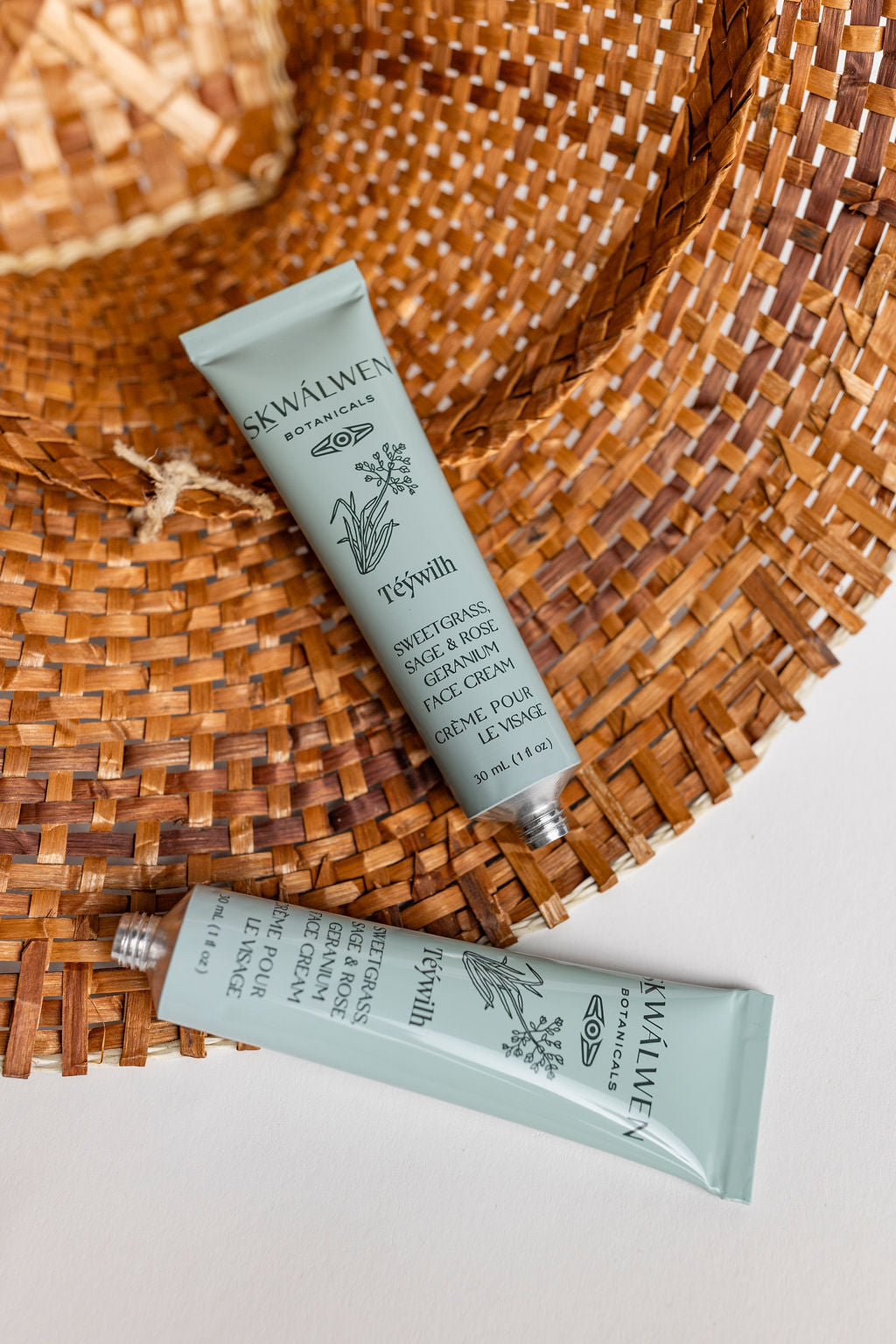
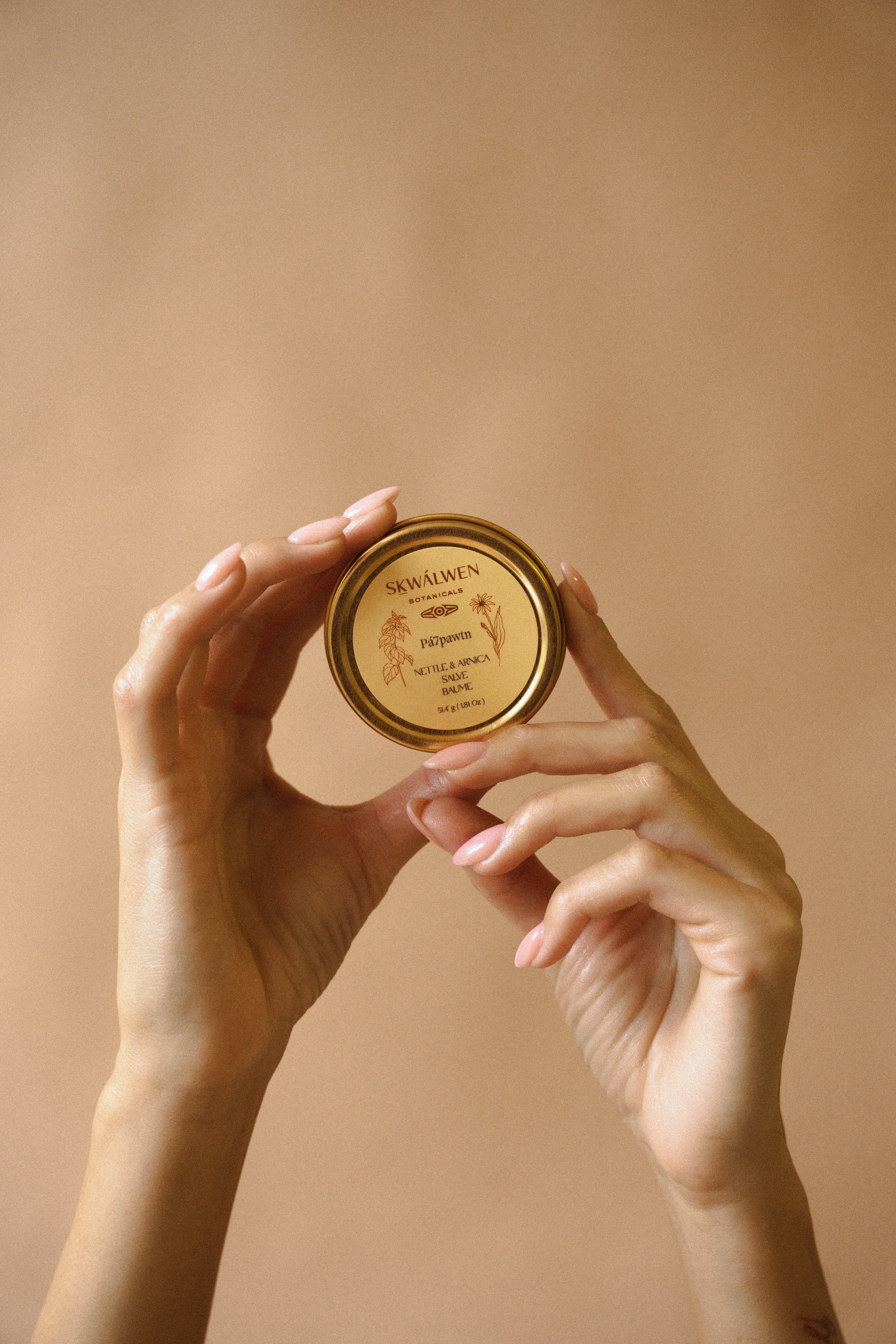
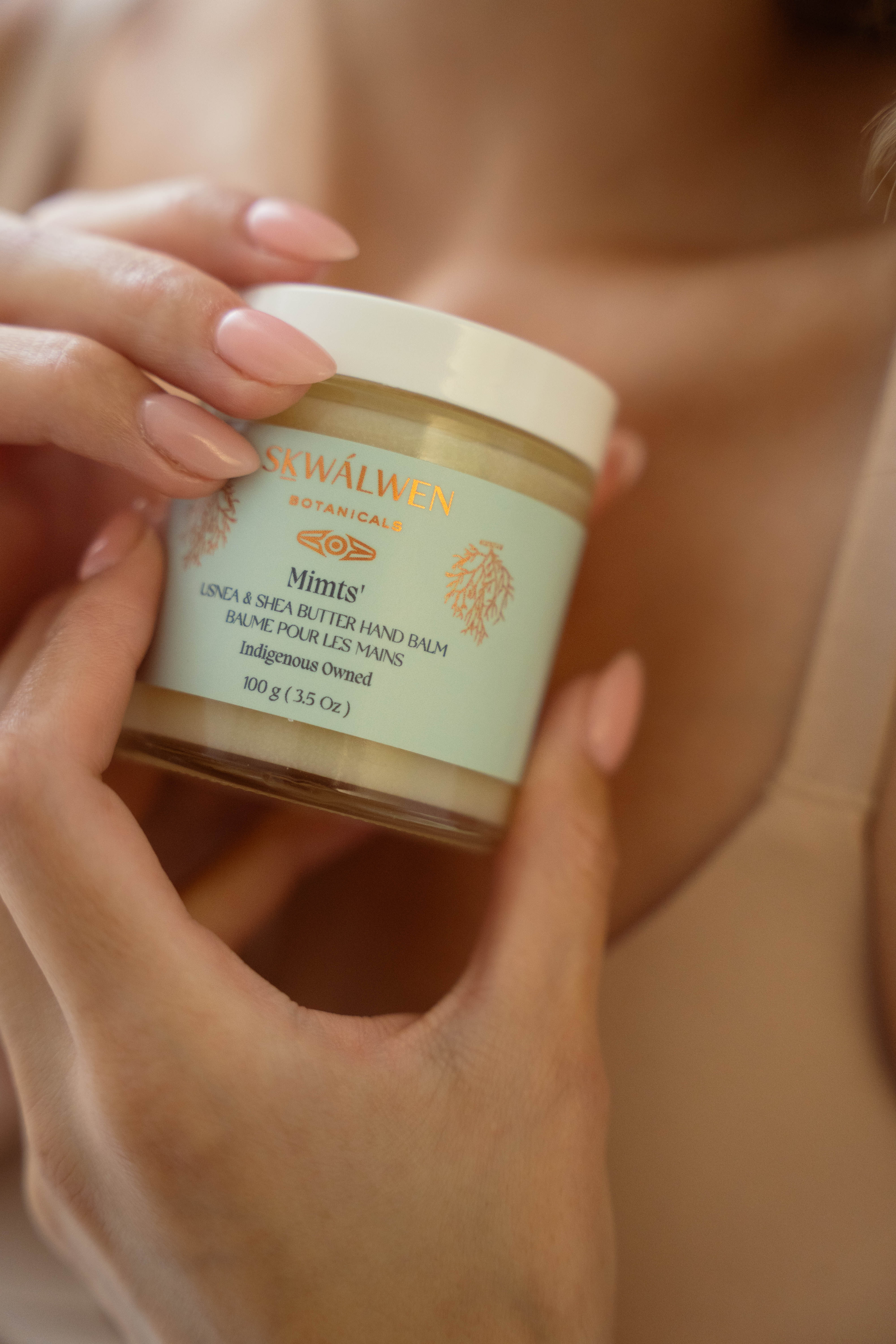
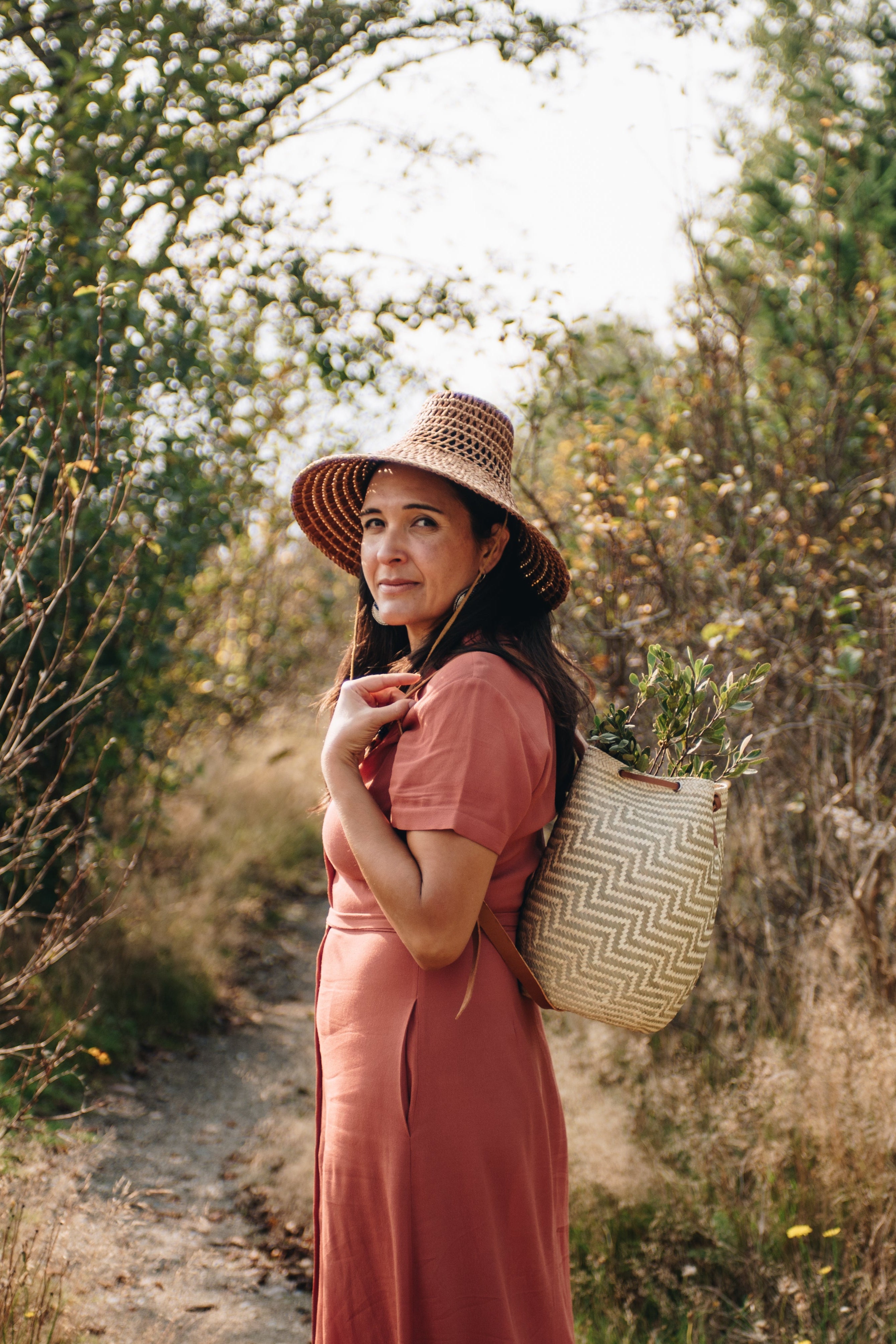
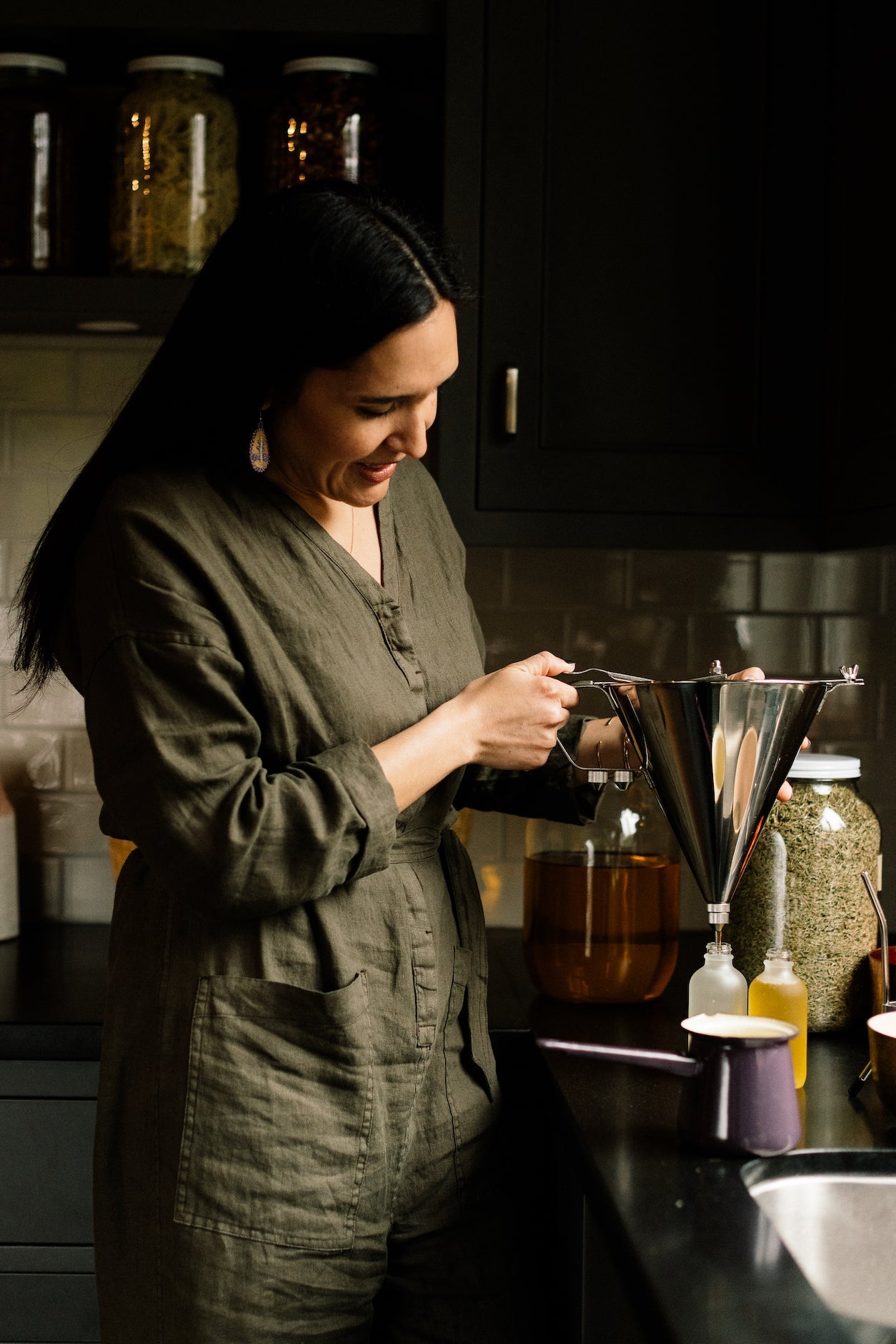
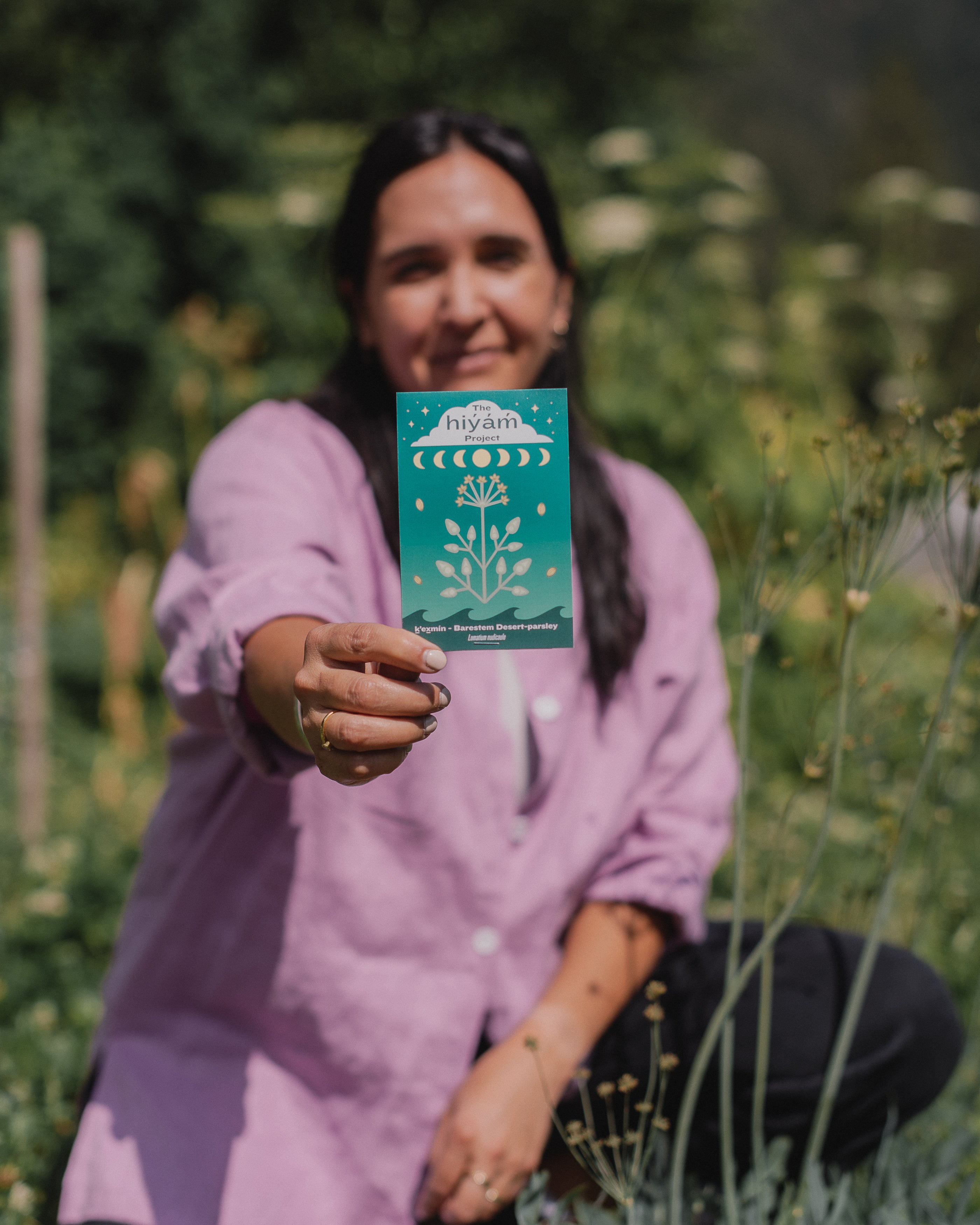
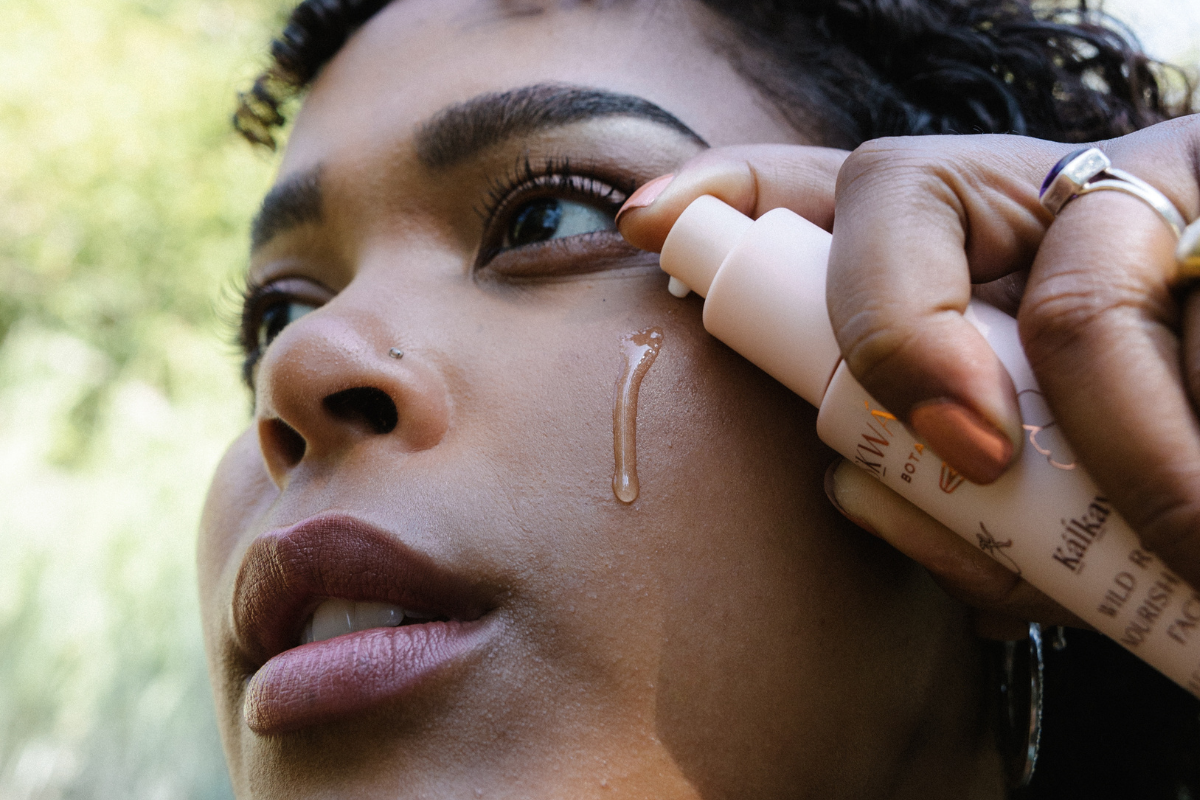

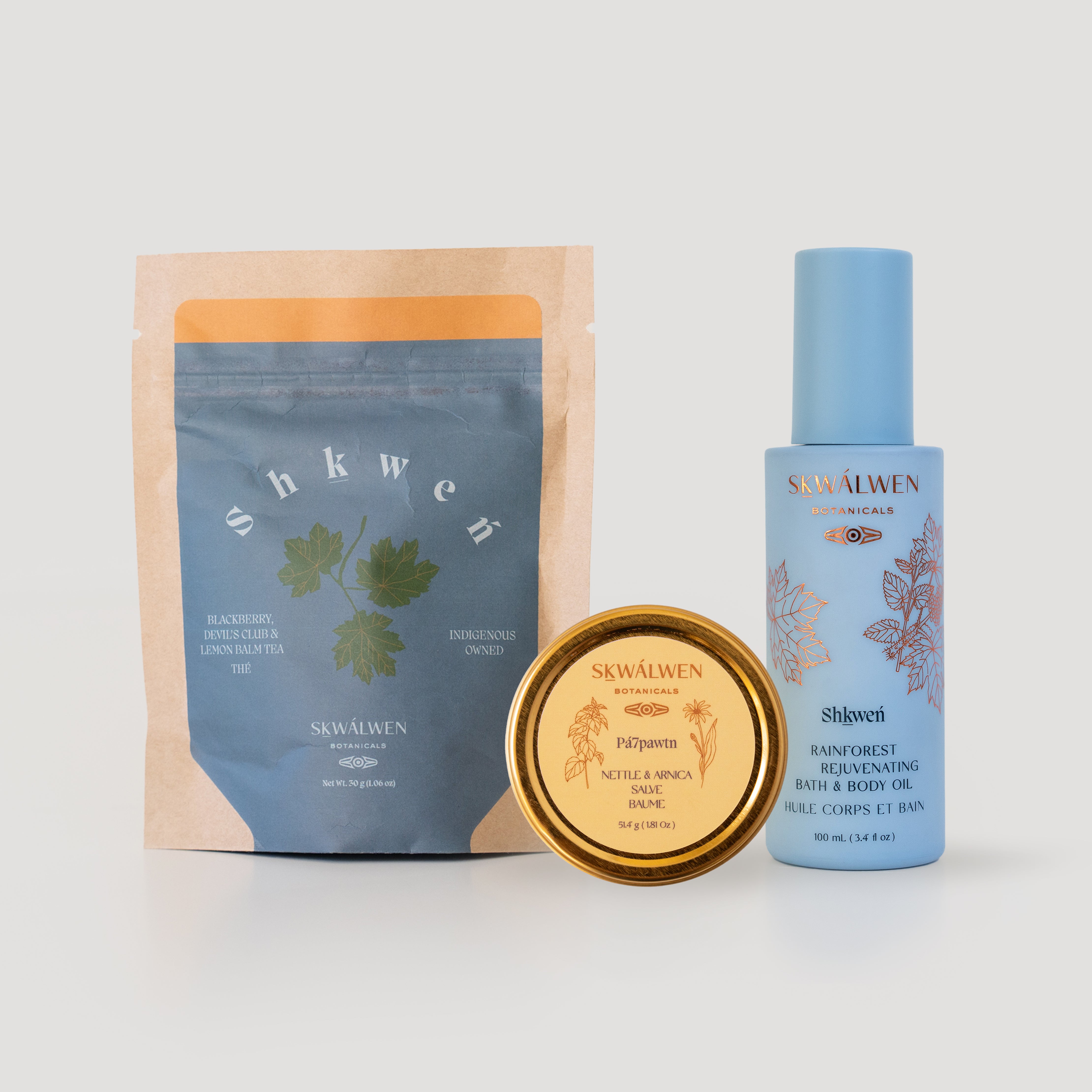
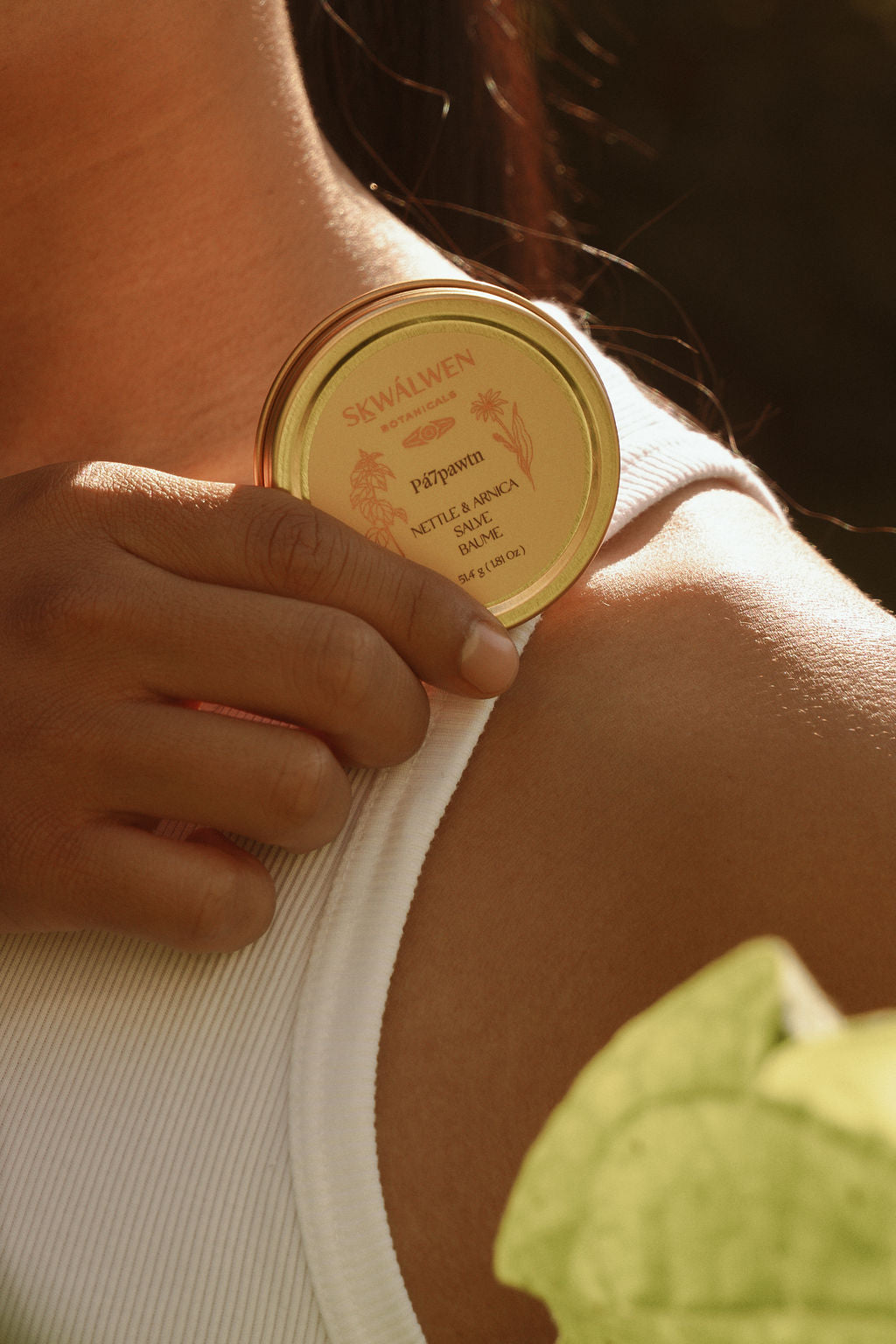
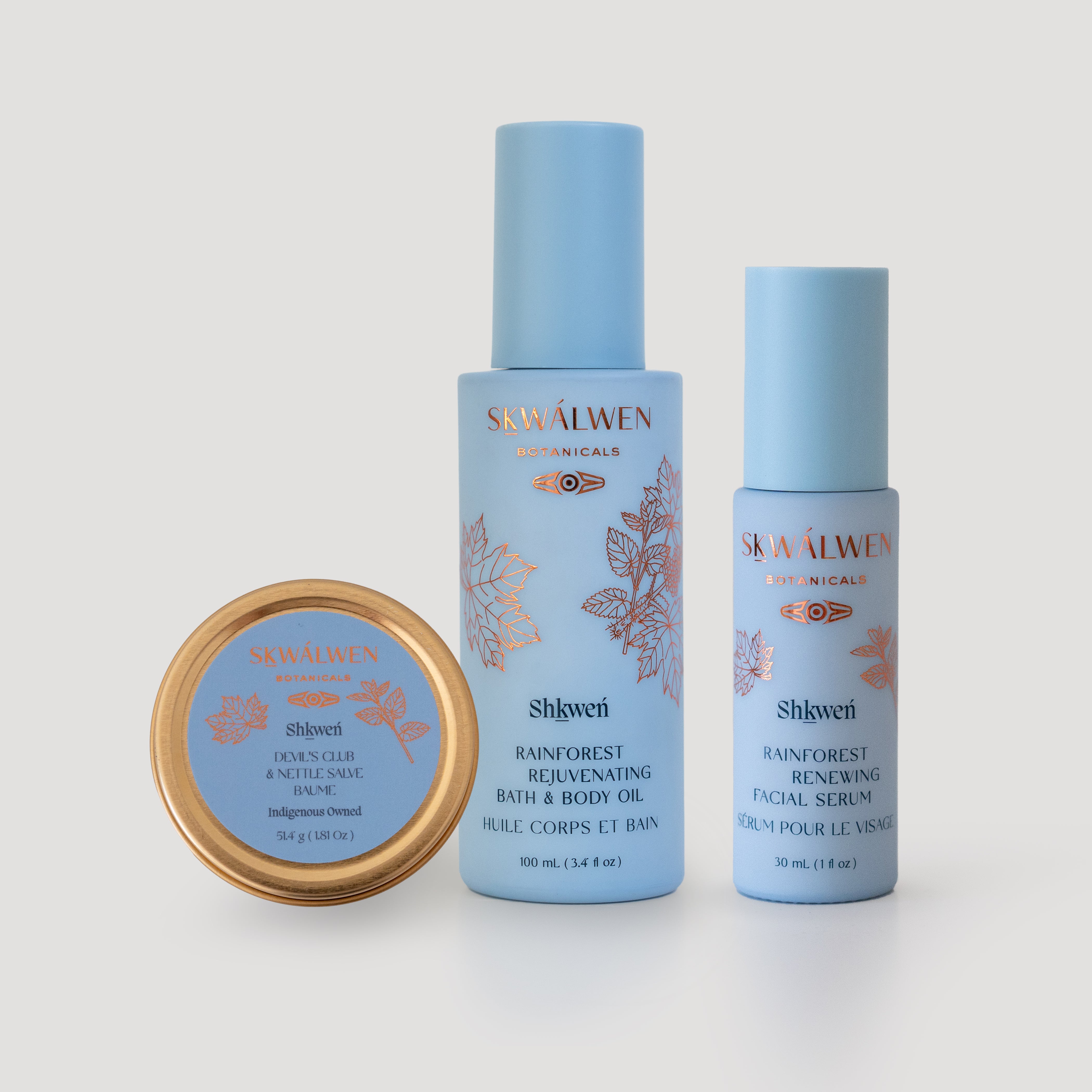
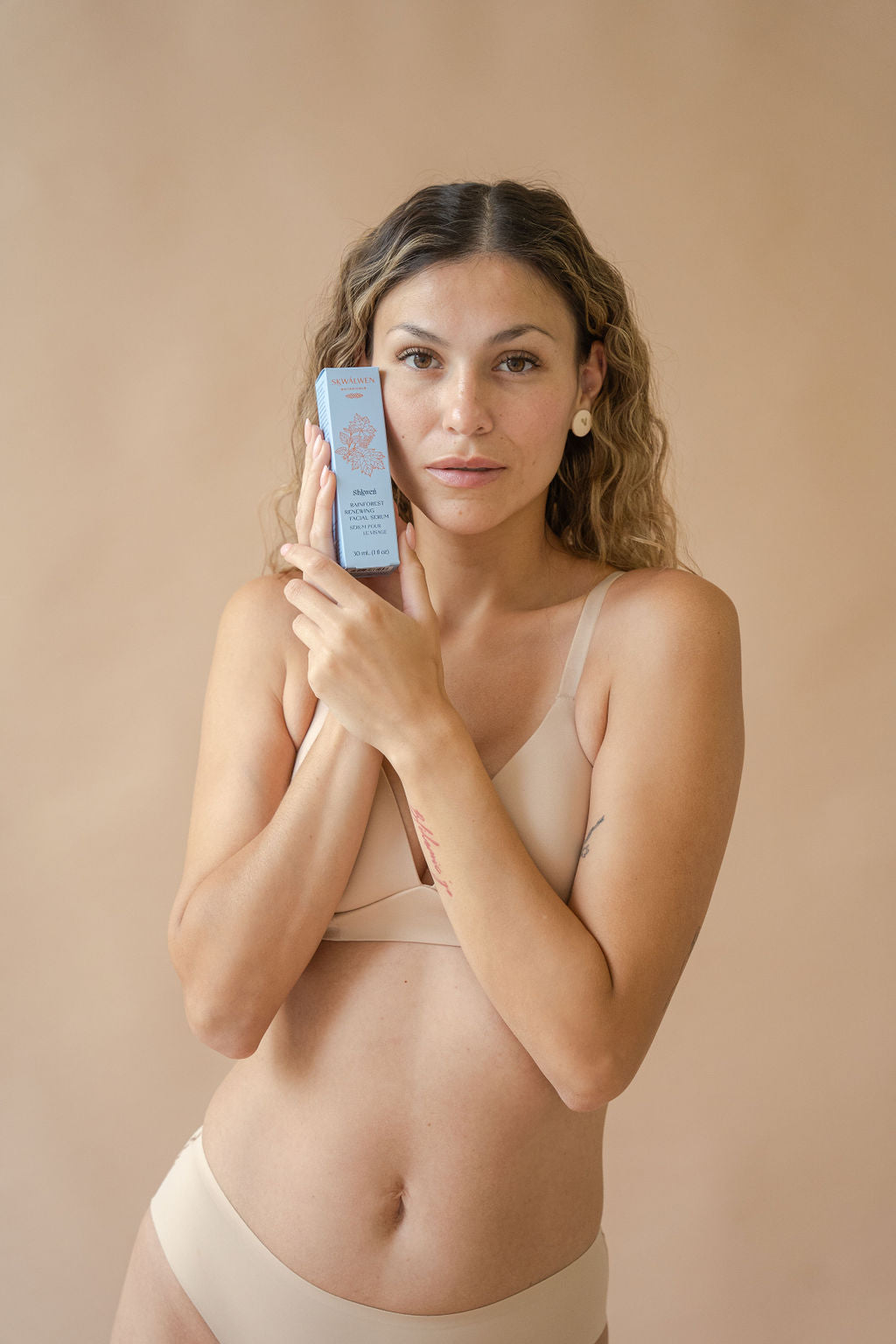
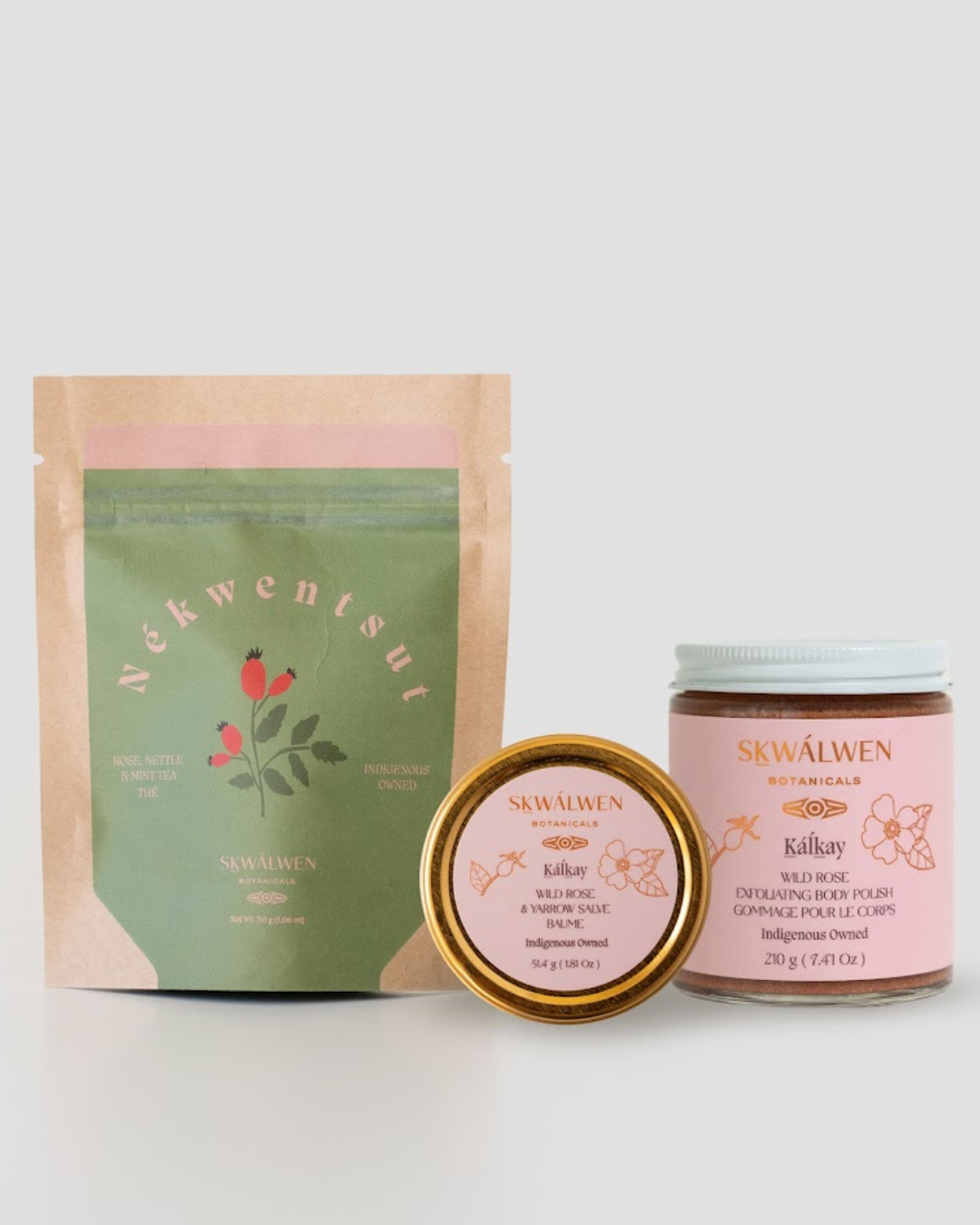
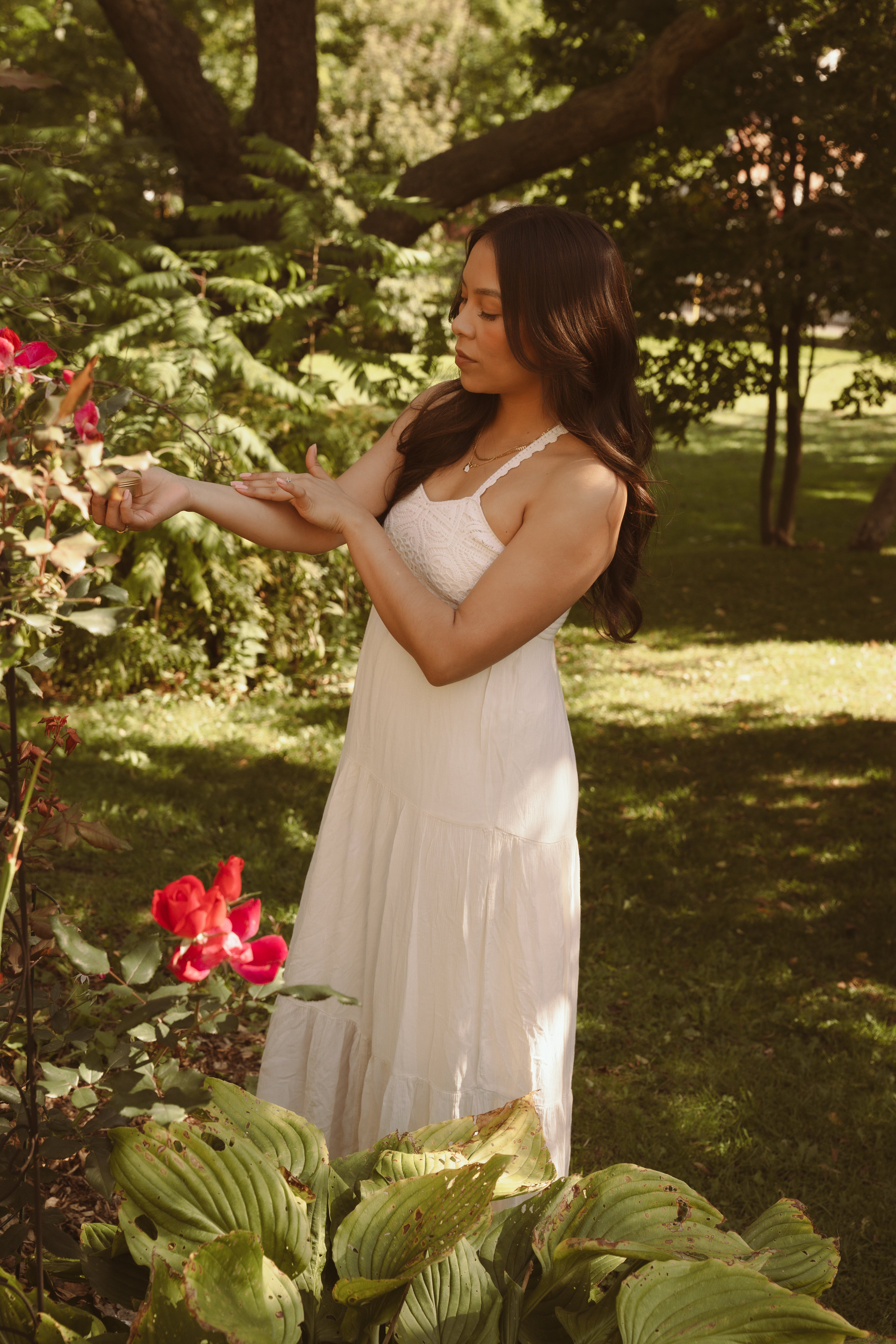
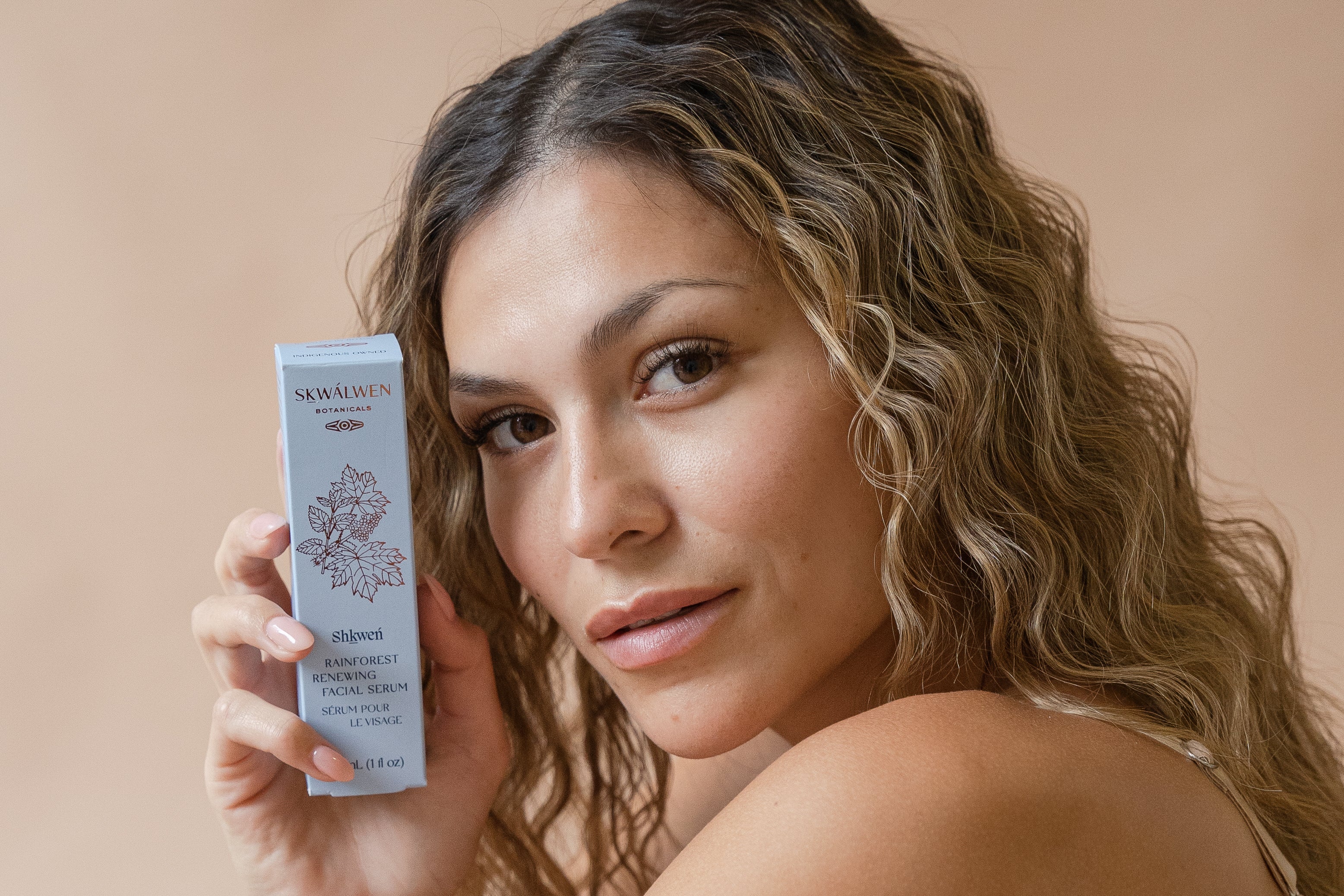
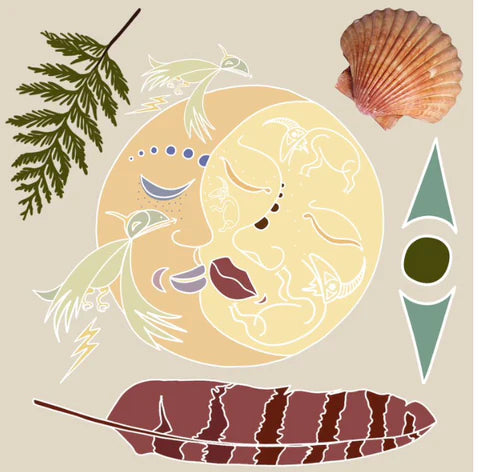
Leave a comment
All comments are moderated before being published.
This site is protected by hCaptcha and the hCaptcha Privacy Policy and Terms of Service apply.